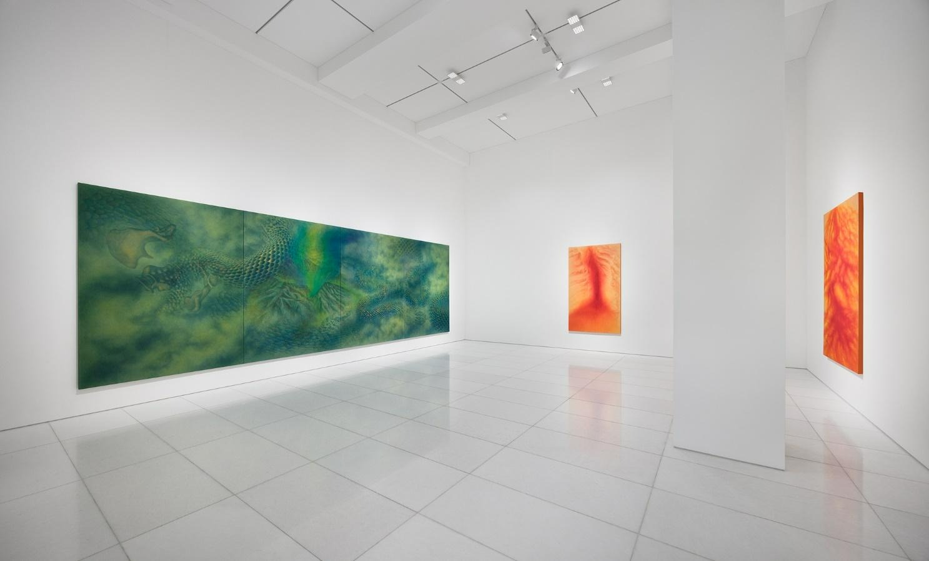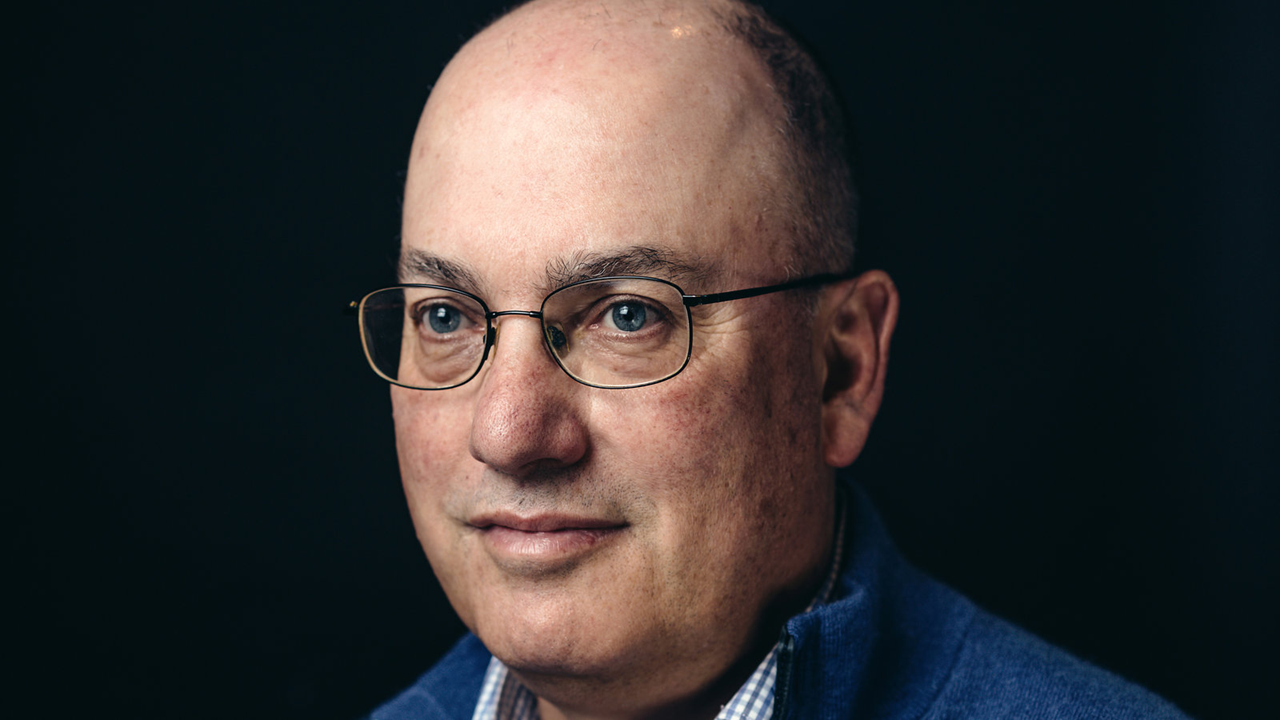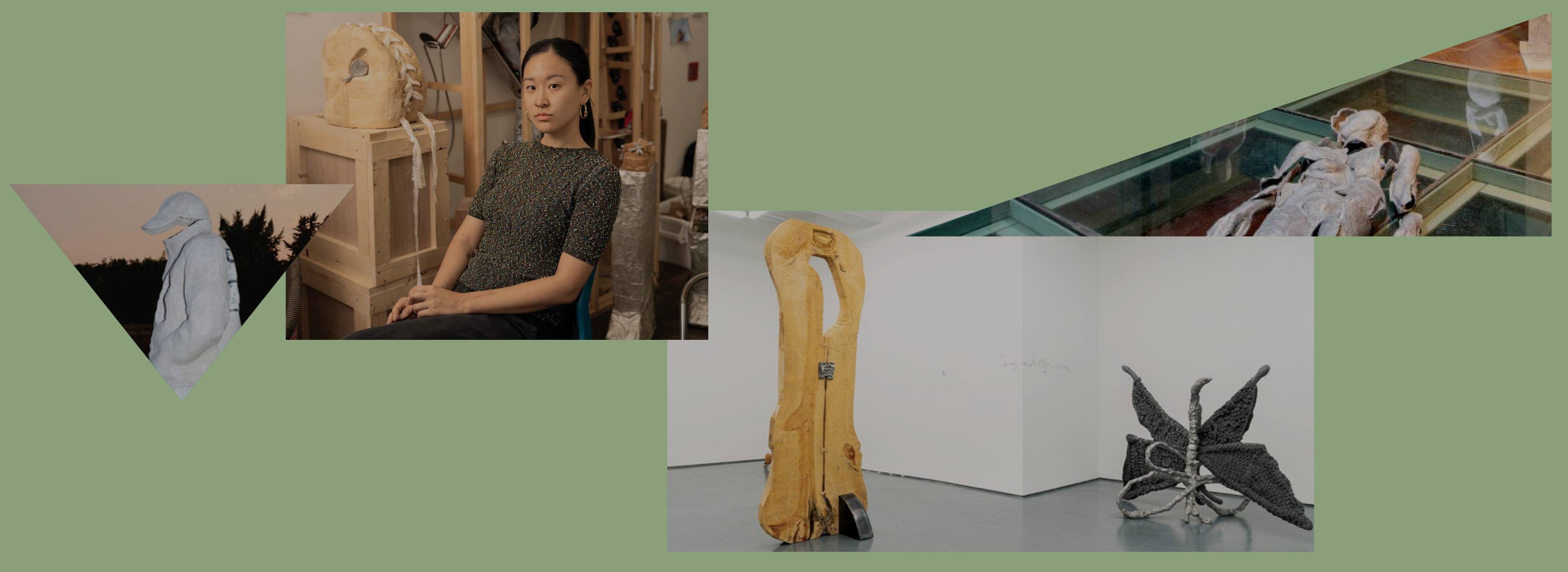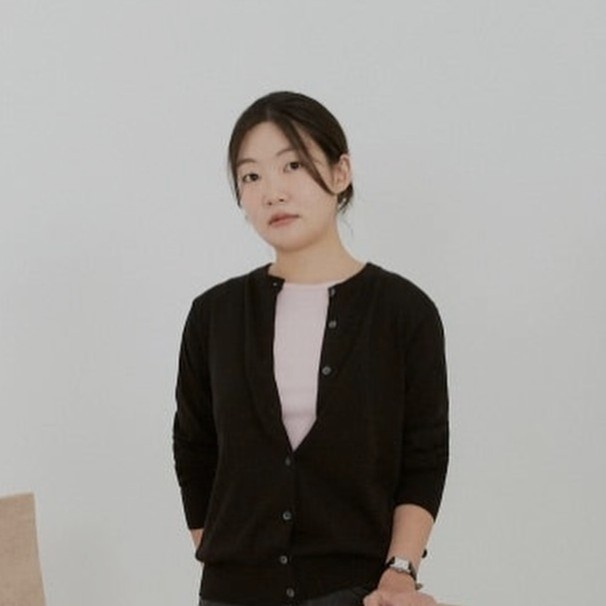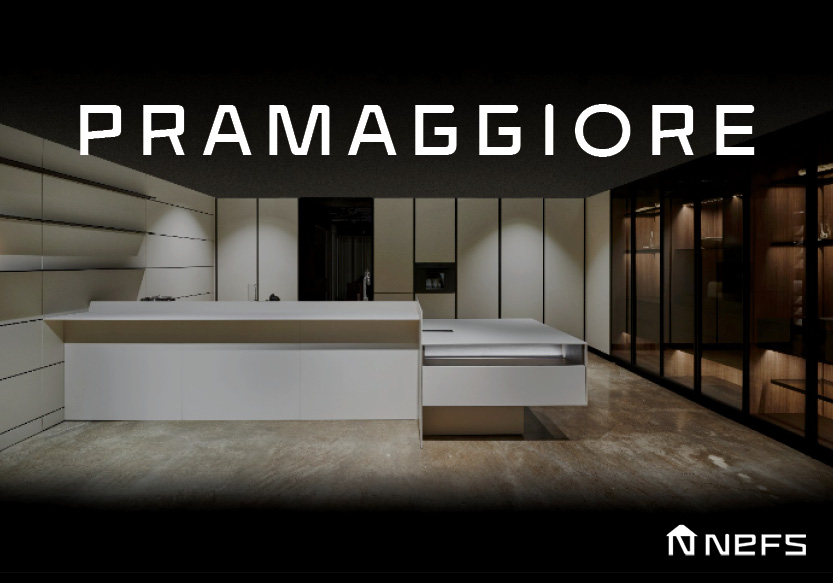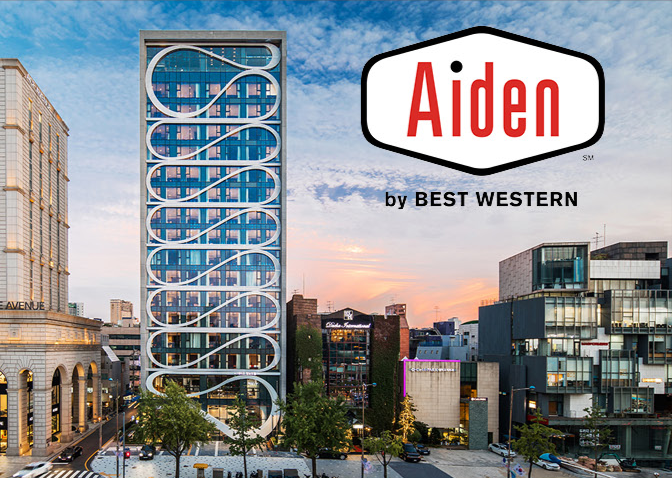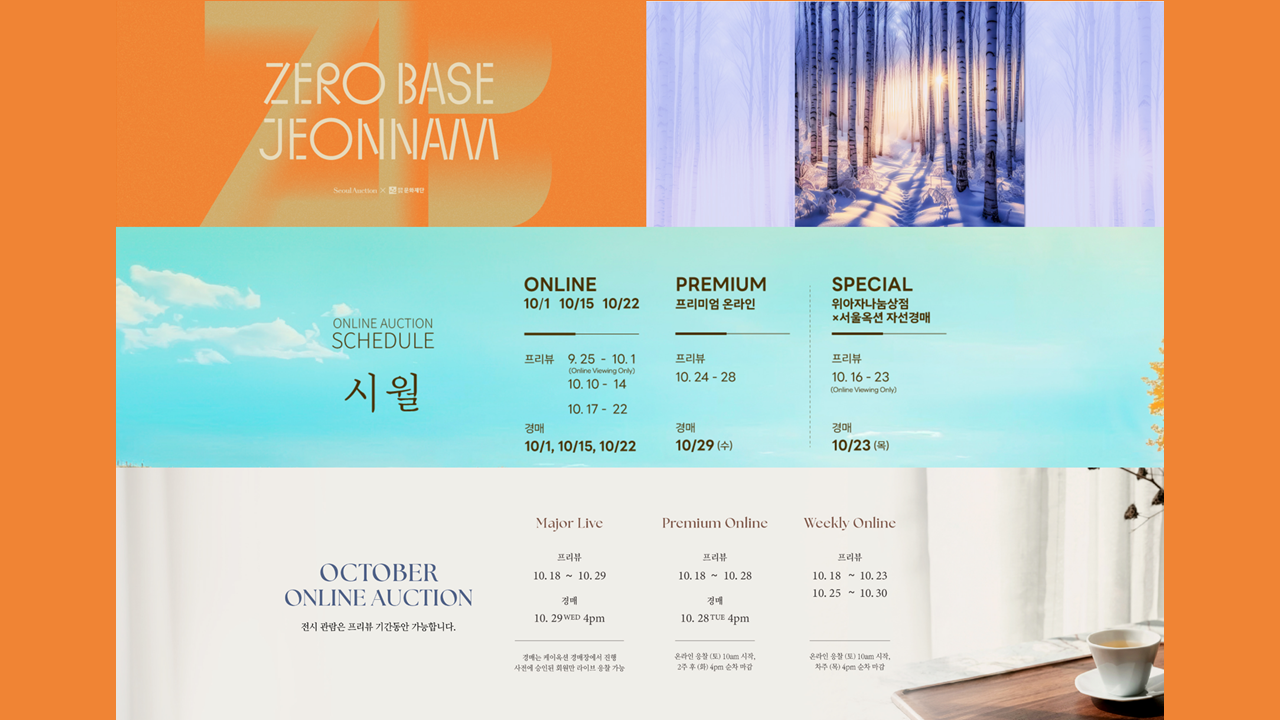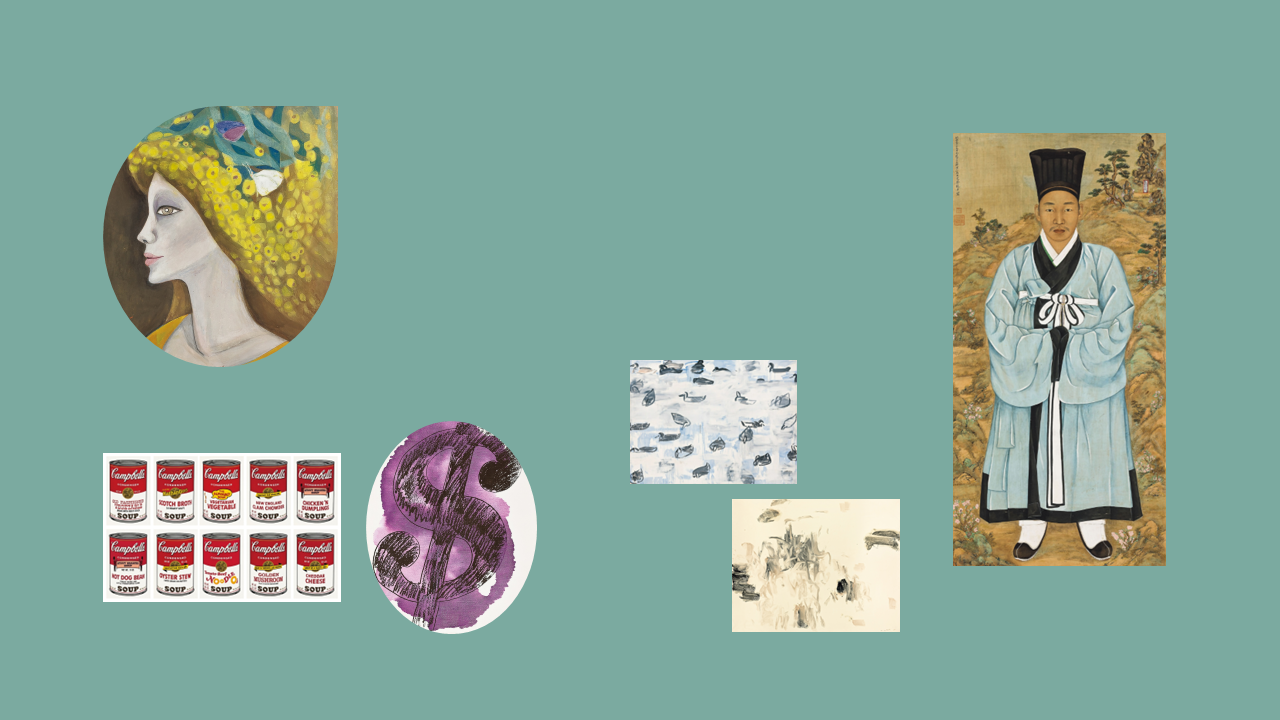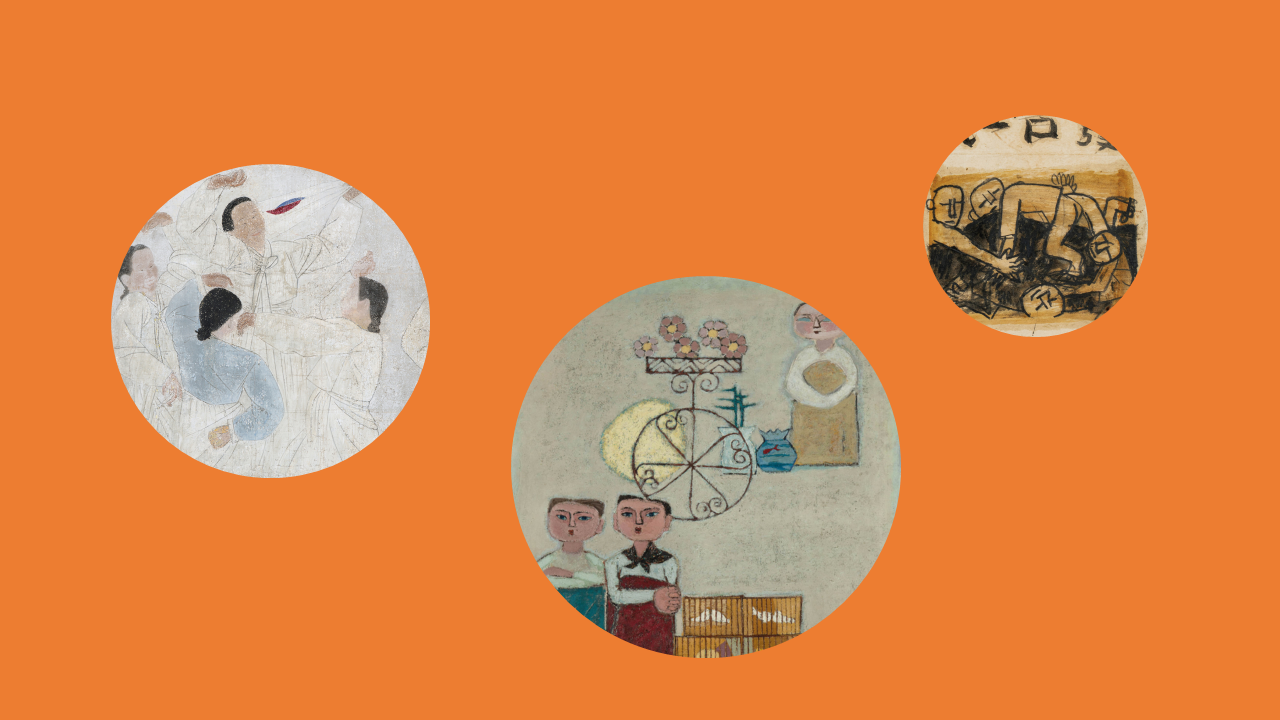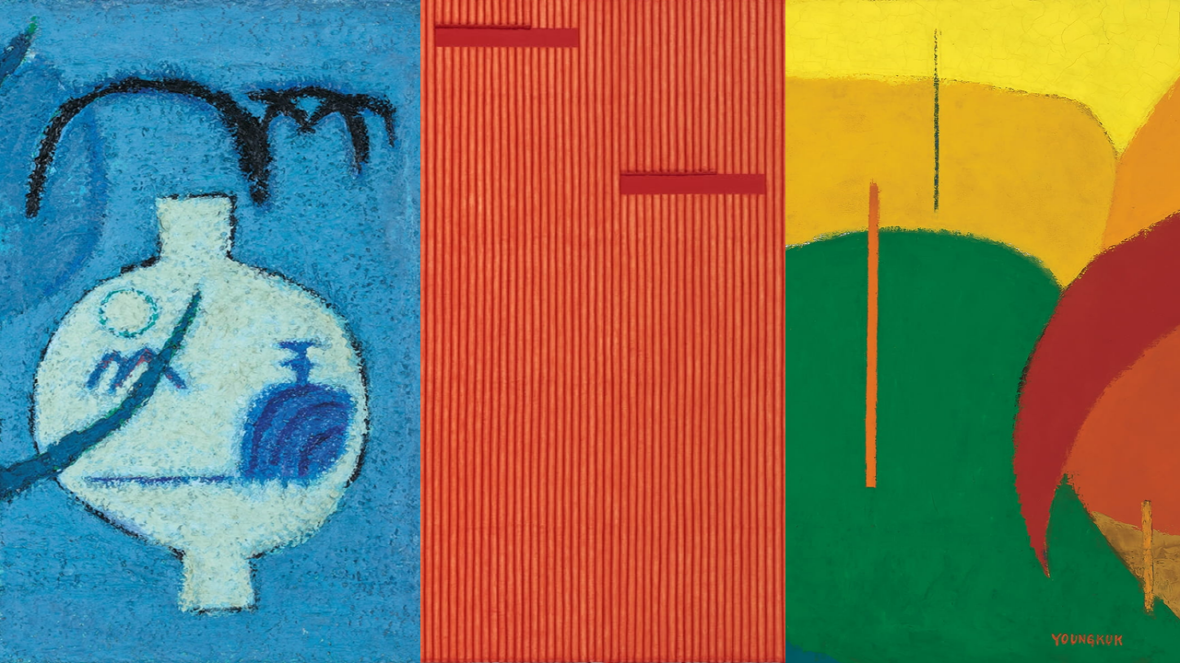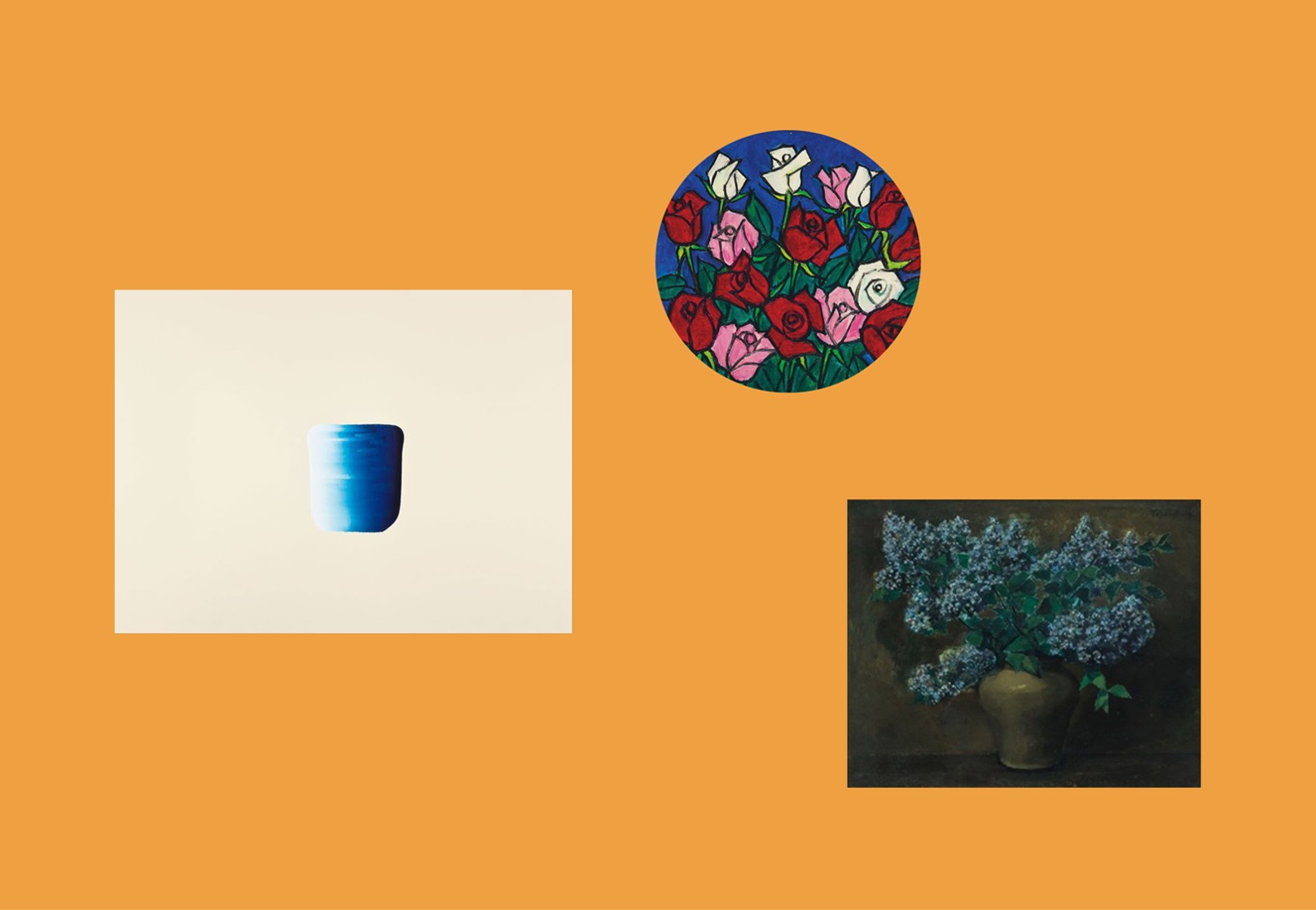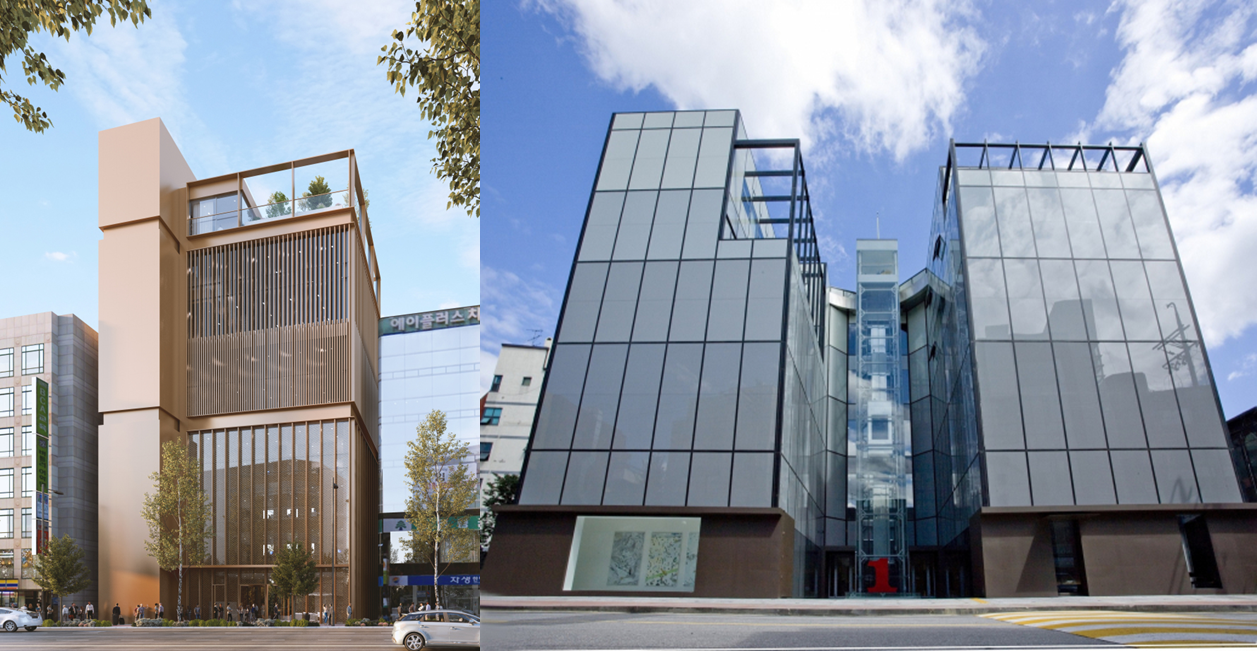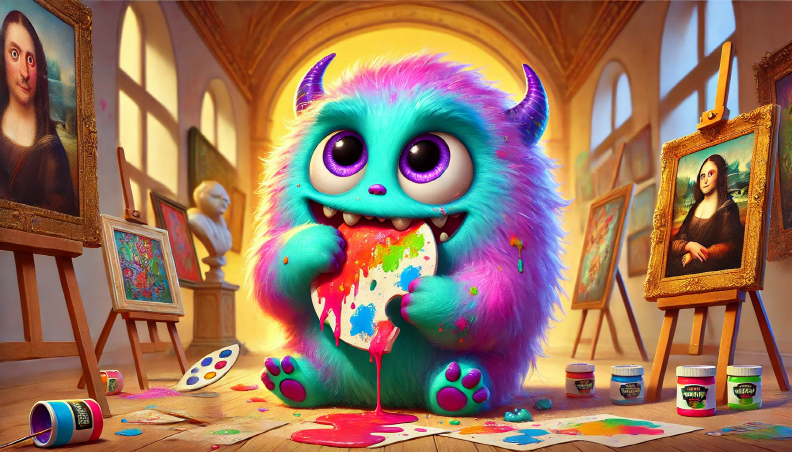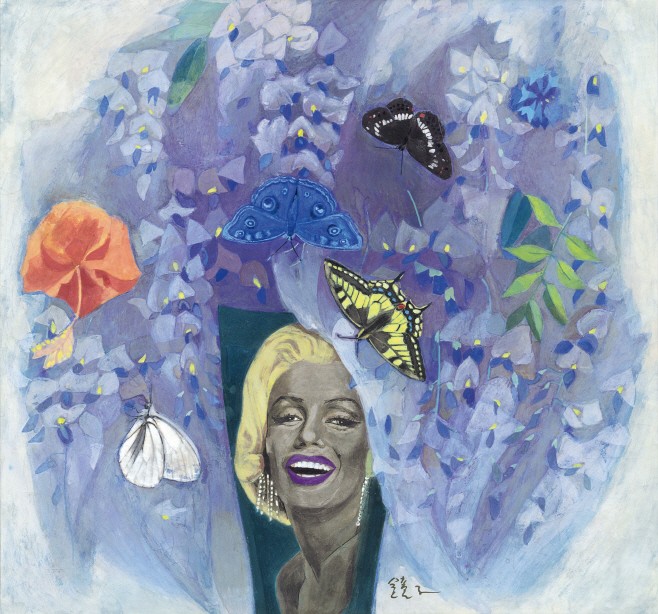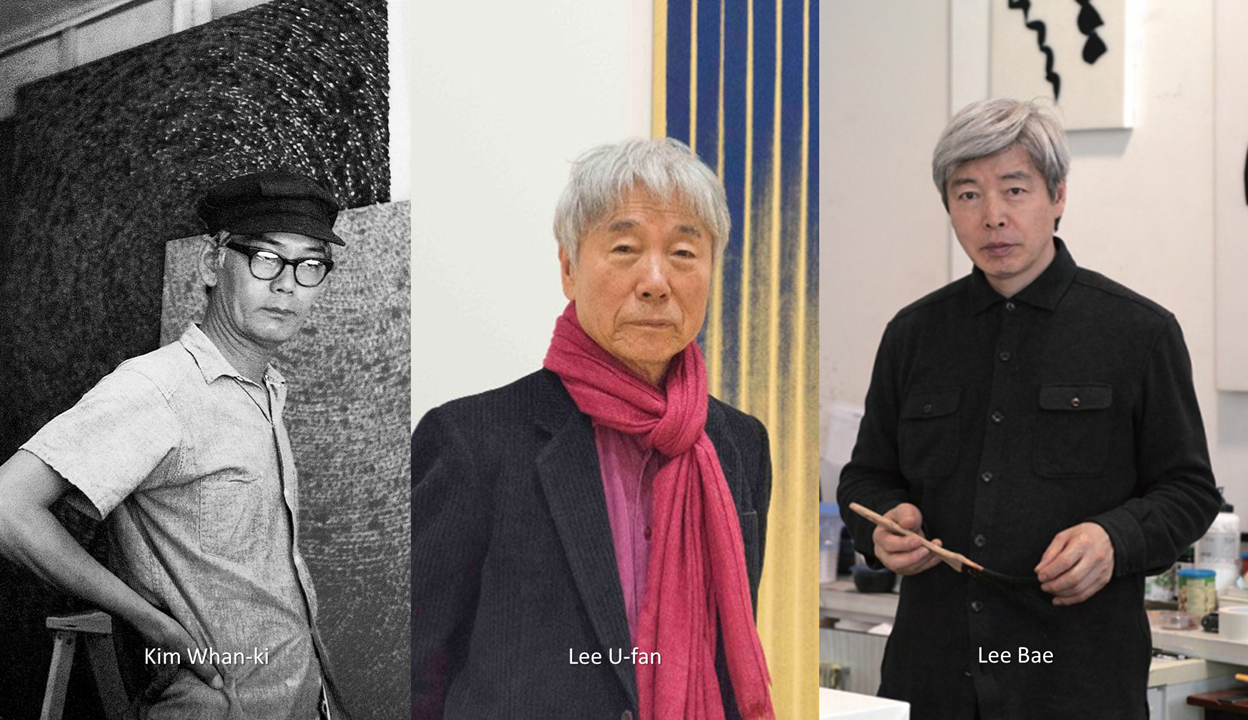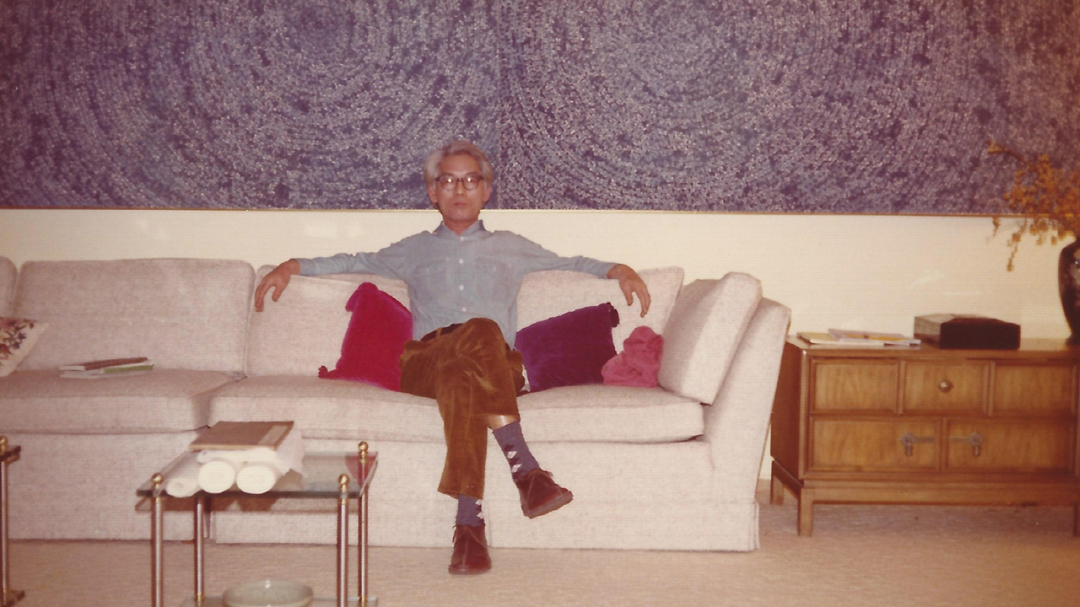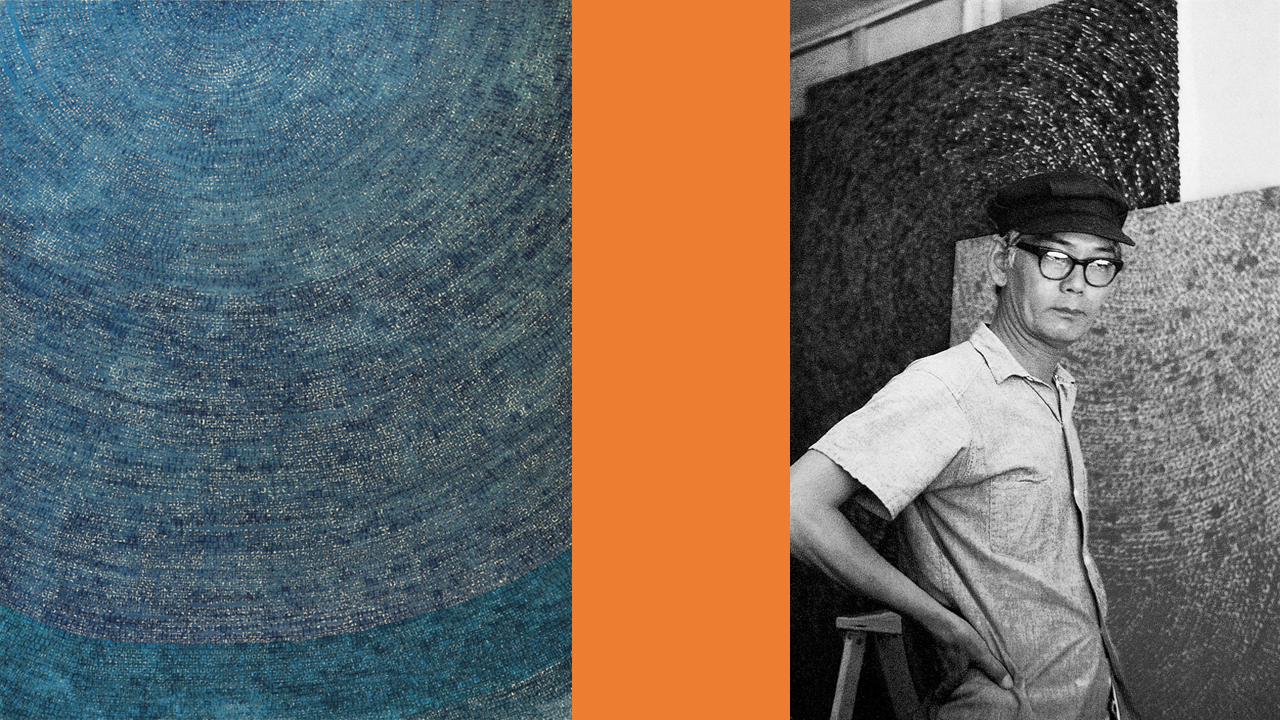Since
the 2000s, the Korean art world and art market have undergone remarkable
expansion, growing significantly in scale.
This
growth is reflected in the dramatic rise of the domestic art auction market
over the past 24 years. According to research conducted by the Korea Art Price
Appraisal Association (Chairman Kim Young-Seok) and Art Price (CEO Ko
Yoon-Jeong), the market has expanded 1,830 times during this period. As of
2022, the total auction sales amounted to approximately $1.81 billion USD (KRW
2.5354 trillion), based on an exchange rate of 1,400 KRW/USD.
The
foundation of the modern Korean art auction market dates back to 1998, when the
first domestic art auction house was established. At that time, the market size
was $1.29 million USD (KRW 1.8 billion)—a modest figure compared to its later
growth. Over the following decades, the market continued to expand, reaching a
record high of $2.35 billion USD (KRW 3.294 trillion) in 2021, marking the
largest total auction sales ever recorded.
However, this growth was not without
fluctuations. The Korean art auction market has experienced notable peaks and
downturns over the years. The first major peak came in 2007, when total auction
sales surged to $1.33 billion USD (KRW 1.859 trillion), reflecting a period of
strong demand for artworks. Another significant surge occurred in 2018, with
sales reaching $1.52 billion USD (KRW 2.13 trillion). The most substantial
peak, however, was in 2021, when the market hit an all-time high of $2.33
billion USD (KRW 3.257 trillion), demonstrating unprecedented growth.
At
the same time, there were also notable declines in certain years. In 2009, the
market saw a significant drop, with total sales falling to $471 million USD
(KRW 659 billion). A similar downturn occurred in 2013, with sales reaching
$517 million USD (KRW 724 billion). More recently, in 2020, total auction sales
amounted to $831 million USD (KRW 1.163 trillion), reflecting broader economic
challenges at the time. While the market showed some recovery by 2022, reaching
$1.69 billion USD (KRW 2.361 trillion), it remained below its previous peak.
This
long-term growth trajectory, despite periodic fluctuations, highlights the
increasing significance of the Korean art market on a global scale. As interest
in contemporary Korean art continues to rise, the market's ability to sustain
and expand its influence will be a crucial factor in shaping its future. (All
values have been converted using an exchange rate of 1,400 KRW/USD.)
As
the global art market seeks to expand into new territories, major international
art fairs are now regularly held in Korea.
Thanks
to this, Korean artists are gaining more attention on the international stage,
and the status of K-Art in the global art scene has undeniably risen compared
to the past.
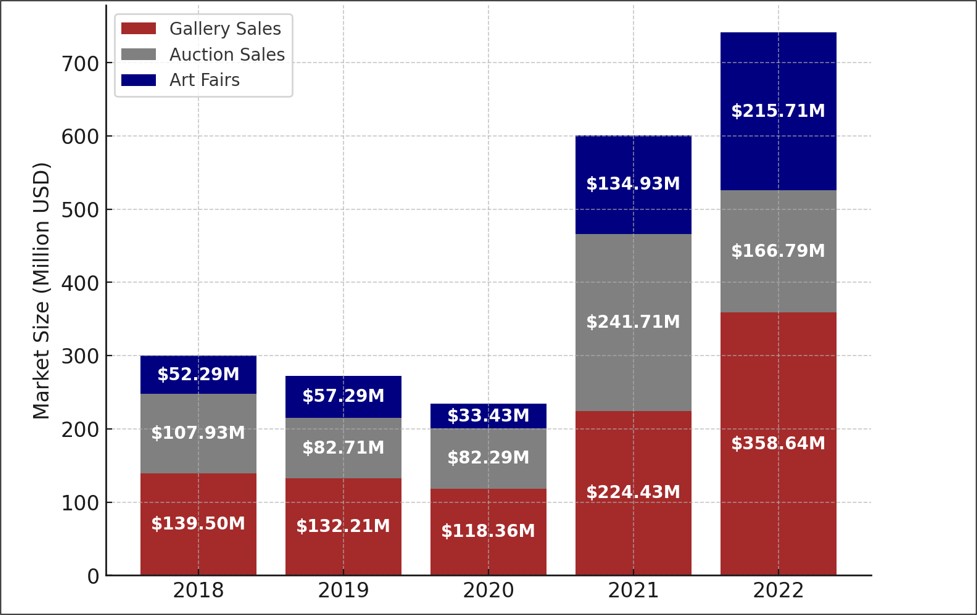 Korean Art Market Statistics
(2018-2022, in USD, 1,400 KRW/USD)
Korean Art Market Statistics
(2018-2022, in USD, 1,400 KRW/USD)
However,
despite this external growth, a closer look at the Korean art world reveals
that many chronic and outdated problems remain fundamentally unchanged, just as
they were twenty years ago.
One
of the most glaring examples is the auction system, which, despite two decades
passing, still operates in the same rigid manner. Consistency can sometimes be
a virtue, but in an era of rapid change, failing to adapt to new trends means
inevitable decline and eventual extinction.
In
the past, auctions and art fairs primarily served as secondary markets,
circulating artworks that had already entered the market. But today, the
landscape has drastically shifted—artists can now debut and even rise to
stardom through auctions and fairs. While museums still play a crucial role in
identifying and elevating talented artists, the reality is that even those who
have gained recognition through prestigious institutions can struggle to
sustain their careers if the market turns its back on them. The art world has
entered an era of radical upheaval.
The Reality of Korean Auctions Today
The
auction results from late last year and early this year are not just
disappointing but even disheartening. The featured artworks feel
indistinguishable—it's hard to tell if they were auctioned last year or this
year, as the same artists and similar works keep appearing. As a result,
auction outcomes have become highly predictable, with little variation.
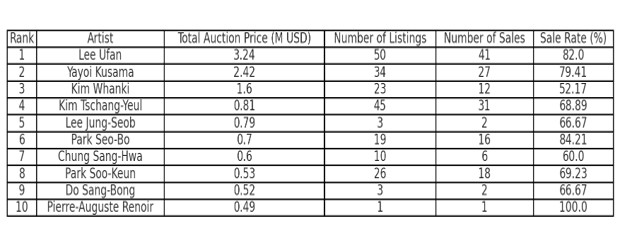 Top 20 Artists by Total Auction Sales
in Q3 2020 / Provided by Korea Art Price Appraisal Association
Top 20 Artists by Total Auction Sales
in Q3 2020 / Provided by Korea Art Price Appraisal AssociationTop 10 Auctioned Artists in Korea chart, now converted to USD using an exchange rate of 1,400 KRW/USD.
Why is this happening?
The
Korean auction market operates within a repetitive and exclusionary structure
where only a select few artists' works are continuously circulated. Emerging
artists have virtually no opportunity to enter the market, and even highly
skilled mid-career artists are completely ignored by the auction system.
Instead, low-quality works from the same well-known artists are repeatedly put
up for auction, catering to a narrow market demand.
Collectors,
in turn, continue buying and selling works from the same familiar names,
reinforcing a self-perpetuating cycle that traps the auction market in
stagnation.
When
the selection of artists remains this limited, the auction market risks
becoming like an ecosystem suffering from inbreeding—vulnerable to collapse at
the first sign of external difficulty or economic downturn. In such a rigid
environment, rather than serving as a dynamic marketplace, auctions merely
function as last-resort clearance sales. Given this reality, it is difficult to
imagine Korean auctions successfully competing on the international stage.
The Root Causes of Korean Auction
Stagnation
The stagnation of Korean auctions is
not merely a result of economic downturns. The real issue lies in the outdated
operating methods of auction houses and their inability to adapt to the
changing times.
A Closed System Favoring a Select Few
Artists
Korean
auctions operate within a narrow framework, continuously recycling the same few
artists' works. Rather than discovering new talent or expanding the collector
base, they rely on repeatedly selling similar works by the same names.
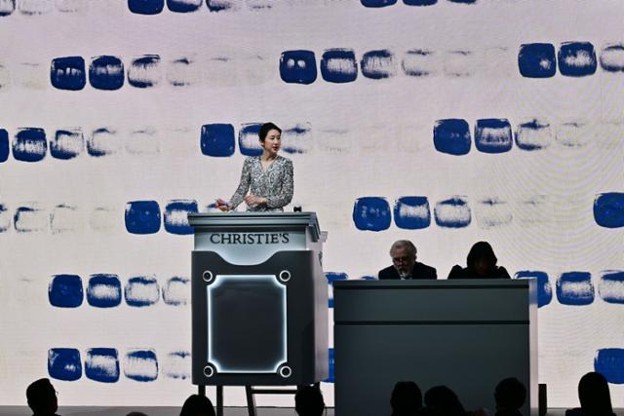
The Christie’s Hong Kong Fall 2023 Auction was held on the 27th at the Hong Kong Convention and Exhibition Centre (HKCEC).
During the 20th & 21st Century Evening Sale, the auctioneer awaited bids for
Lee Ufan’s From Point. The bidding started at HKD 3.5 million (approximately KRW 580 million)
but ultimately failed to sell. / ©The Hankook Ilbo
Most
buyers do not evaluate artworks based on their intrinsic value but rather on
the artist’s market reputation, reinforcing a cycle that prioritizes name
recognition over artistic merit. This outdated approach exacerbates market
stagnation, and when prolonged economic downturns hit, the consequences become
even more dire.
As
a result, even works by famous artists often lack artistic depth or innovation,
as the auction system prioritizes commercial appeal over artistic quality.
Although
Korea has many artists producing exceptional work, auction houses lack the
expertise—or the courage—to introduce them to the market. Instead, they
function more as sales teams focused solely on maximizing turnover rather than
fostering an ecosystem of artistic growth.
Lack of Expertise and Short-Term
Profit Focus
Like
any market, the art market operates under capitalism—where anything that sells
is deemed fair game. Even major international auction houses sometimes inflate
the value of lesser works to entice buyers. However, they still play a role in
reflecting contemporary art trends and shaping the market. If you browse their
auction catalogs, you will find a curated selection that, in essence, documents
a small but significant chapter of art history.
Now,
take a look at Korean auctions. The same artists appear year after year, with
little to no variation.
Korean
auction houses are fixated on short-term sales figures and hammer prices,
neglecting the long-term sustainability of the market. Most auction house staff
lack expertise in art appraisal, market analysis, or curation. Without these
fundamental skills, auctions remain nothing more than simple marketplaces
rather than institutions that contribute to the evolution of the art ecosystem.
Collectors,
caught within this framework, perceive auction-listed artists as the only
"safe" investment options. However, many fail to recognize the true
value of the works they purchase, leading to a vicious cycle where artistic
merit is sidelined in favor of speculative buying.
Reforming the Korean Auction Market
At
this rate, it is difficult to expect sustainable growth or international
competitiveness from the Korean art market.
To
transform auctions from mere marketplaces into catalysts for a healthy and
evolving art ecosystem, auction houses must go beyond relying on a handful of
famous names. Instead, they must curate diverse selections that reflect the
evolving trends of contemporary art and prioritize the artistic value of works
over market-driven popularity.
For
the auction system to support the broader art ecosystem, it must open its doors
to a wider range of artists and styles. The market should no longer be dictated
by a small group of commercially viable artists, but rather by a more dynamic
and artistically enriching selection process.
Strengthening Expertise and
Overhauling the System
Auction
houses must invest in training professionals with expertise in art appraisal,
market analysis, and historical context. Establishing a reliable authentication
and evaluation system will help guide collectors toward more meaningful
acquisitions and reinforce Korea’s reputation as a serious player in the global
art market.
Korean auctions cannot afford to delay change any longer.
While
the current domestic and global economic climate is undoubtedly challenging,
blaming the sluggish auction market solely on economic conditions ignores the
core issue.
Historical
data on the art market suggests that, regardless of economic fluctuations, art
investments have consistently outperformed stock markets in long-term returns.
However,
in Korea, the art market has been reduced to a short-term speculative
playground, where artworks are traded indiscriminately without regard for their
quality or cultural significance. This structural problem has led to the
erosion of trust in the auction system.
Unless
the operational framework of Korean auctions is fundamentally reformed, the
country’s art market will follow the path of Japan.
In
Japan, there is no longer an active "art scene"—only "art"
remains. This means that Japan has ceased to function as a producer of
contemporary art and has instead become merely a consumer of it.
Currently,
Korea is the only country in Asia capable of maintaining its role as both a
producer and a hub for contemporary art. The country still has the talent and
capacity to shape the global art discourse.
However,
if the current state of the auction market persists for another decade, Korea,
too, will lose its status as a producer and simply become another passive
consumer of art.
The
inability to sustain one’s own cultural production is a grave failure. A nation
that cannot create its own culture will ultimately have to import the
ideologies and artistic visions of others, reducing itself to a cultural
satellite or, worse, a spiritual vassal state. The fate of Japan serves as a
clear warning.
For
auctions to survive, they require not just change but a full-scale
transformation. The time for hesitation is over.
Auctions
must evolve beyond mere transactional marketplaces to become vital platforms
that sustain and nurture the broader art ecosystem. Auction houses must
revolutionize their selection criteria, and collectors must move beyond
speculative buying to become true patrons of art.
Paradoxically,
this is the only way to ensure that both financial gains and cultural prestige
are achieved.
Korean
auctions must fundamentally reset.
Now,
more than ever is the perfect moment for transformation. If change is not
enacted now, there is no future for Korean auctions—nor for the broader Korean
art market.
Jay Jongho Kim graduated from the Department of Art Theory at Hongik University and earned his master's degree in Art Planning from the same university. From 1996 to 2006, he worked as a curator at Gallery Seomi, planning director at CAIS Gallery, head of the curatorial research team at Art Center Nabi, director at Gallery Hyundai, and curator at Gana New York. From 2008 to 2017, he served as the executive director of Doosan Gallery Seoul & New York and Doosan Residency New York, introducing Korean contemporary artists to the local scene in New York. After returning to Korea in 2017, he worked as an art consultant, conducting art education, collection consulting, and various art projects. In 2021, he founded A Project Company and is currently running the platforms K-ARTNOW.COM and K-ARTIST.COM, which aim to promote Korean contemporary art on the global stage.



